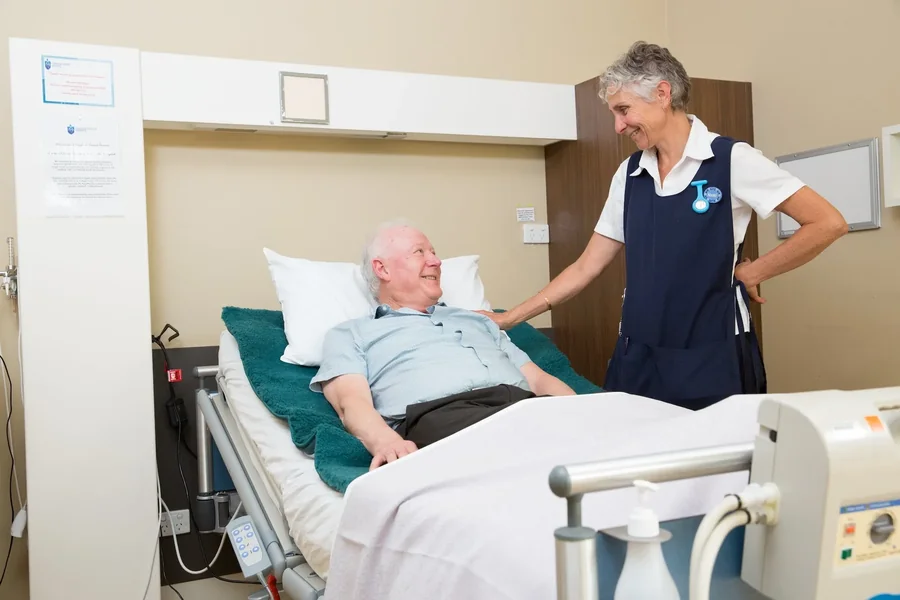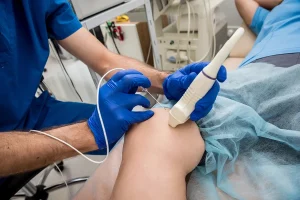The Role of Medical Sheepskin in Preventing Pressure Sores and Improving Recovery

Patient comfort and proper care are essential components of modern healthcare, whether in hospitals, nursing homes, or home care settings. One of the most common challenges faced by bedridden or immobile patients is the development of pressure sores, also known as bedsores. These injuries not only cause pain and discomfort but can also lead to infections, prolonged recovery, and increased healthcare costs. Fortunately, innovations like medical sheepskin have emerged as effective solutions for both prevention and enhanced recovery, helping caregivers support patient wellbeing in a more holistic way.
Understanding Pressure Sores
Pressure sores develop when the skin and underlying tissue experience prolonged pressure, often over bony areas such as the heels, tailbone, hips, and elbows. Patients who are bedridden, wheelchair-bound, or otherwise immobile are at higher risk.
Friction and shear, caused when the skin rubs against surfaces or shifts during movement, can exacerbate these injuries. If untreated, pressure sores can result in severe pain, infections, and even life-threatening complications. Preventing these injuries is therefore critical not just for patient comfort, but also for maintaining overall health and reducing medical costs.
Traditional Prevention and Care Techniques
Caregivers have traditionally relied on frequent repositioning of patients, specialized mattresses, and additional padding to prevent pressure sores. These methods aim to relieve pressure on vulnerable areas and promote proper blood circulation.
While these strategies are effective to some extent, they are not always sufficient. Patients who are unable to move independently may still develop pressure sores, and conventional padding often fails to address friction, moisture, or temperature regulation. This has led healthcare professionals to explore more advanced solutions, such as medical sheepskin.
Medical Sheepskin: A Game-Changer in Patient Care
Medical sheepskin is a specially treated type of sheepskin designed specifically for healthcare environments. Unlike regular sheepskin, it offers therapeutic benefits that actively prevent pressure sores and improve patient comfort.
Some of the key advantages include:
- Reduced friction and shear: Medical sheepskin minimizes skin damage caused by rubbing against bed surfaces.
- Even pressure distribution: The thick, soft fibers help distribute pressure more evenly, reducing stress on bony areas.
- Temperature and moisture regulation: The natural properties of sheepskin keep skin dry and comfortable, even during extended periods in bed.
For patients, this translates to greater comfort, faster recovery, and a reduced risk of skin breakdown. Caregivers can place medical sheepskin under high-risk areas, over mattresses, or even on chairs to protect vulnerable skin.
For those interested in exploring options, you can visit Wonderful World of Sheepskin to learn more about products designed to support patient comfort and prevent pressure sores. These products are used widely in hospitals, nursing homes, and home care settings to provide a simple yet highly effective solution for skin protection.
Evidence Supporting Medical Sheepskin Use
Multiple studies have demonstrated the effectiveness of medical sheepskin in preventing pressure sores. Research shows that patients using medical sheepskin have significantly lower incidence rates of bedsores compared to those using standard padding.
Healthcare providers often report increased patient satisfaction when sheepskin is incorporated into care routines. Patients experience less discomfort, improved sleep, and enhanced overall well-being. From a financial perspective, preventing pressure sores with medical sheepskin is far more cost-effective than treating severe sores after they occur.
Integrating Medical Sheepskin into Daily Care Routines
Incorporating medical sheepskin into daily patient care is straightforward but requires attention to maintenance and placement. Sheepskin covers should be cleaned and sanitized regularly to prevent contamination. Caregivers should position the sheepskin under high-risk areas and check the skin frequently for early signs of irritation.
Combining medical sheepskin with traditional preventive measures, such as repositioning, exercise, and adequate hydration, maximizes its effectiveness. By making sheepskin a regular part of care routines, caregivers can significantly reduce the likelihood of pressure sores while enhancing patient comfort.
Other Benefits of Medical Sheepskin
Beyond pressure sore prevention, medical sheepskin offers additional advantages:
- Enhanced comfort and satisfaction: The softness and cushioning of sheepskin make long periods in bed more tolerable.
- Reduced anxiety and discomfort: Patients often feel calmer and more relaxed when using a familiar, comforting material.
- Support for overall recovery: Comfortable patients tend to sleep better and heal faster, contributing to more positive outcomes in care environments.
Taking Action: How to Improve Patient Comfort and Recovery
Preventing pressure sores and promoting recovery requires a proactive approach, and medical sheepskin offers a practical, effective solution. By reducing friction, distributing pressure evenly, and regulating moisture and temperature, medical sheepskin protects vulnerable skin while enhancing overall patient comfort. Caregivers and healthcare providers who integrate medical sheepskin into daily routines help patients recover faster, experience less pain, and maintain dignity and well-being.



